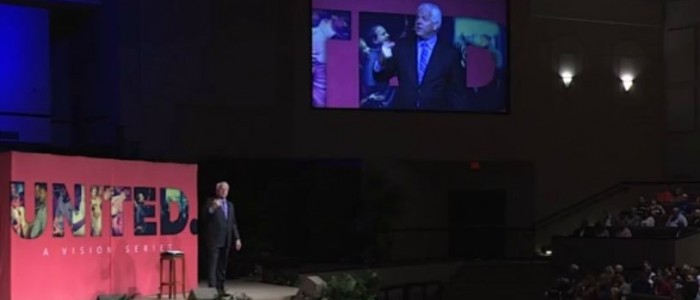5 Ways Leaders Can Promote Church Health

For church leaders, every time we turn around there’s a new book, blog post, conference, or podcast on church health. There are so many resources for leaders to build healthy churches, yet it seems so few churches are truly healthy.
Whether it’s leadership struggles, budget shortages, or declining membership, many churches have a hard time achieving health.
Sure, health is measured in many ways. What constitutes health for one church may not be a factor for another. And it’s even possible for a church to exhibit health in metrics like growth and giving yet behind the scenes the staff culture is anything but healthy.
I’d like to present five factors that I’ve seen contribute to the health of the church I serve. These are not meant to be inclusive of all health factors, but they cover a lot of ground toward overall health.




